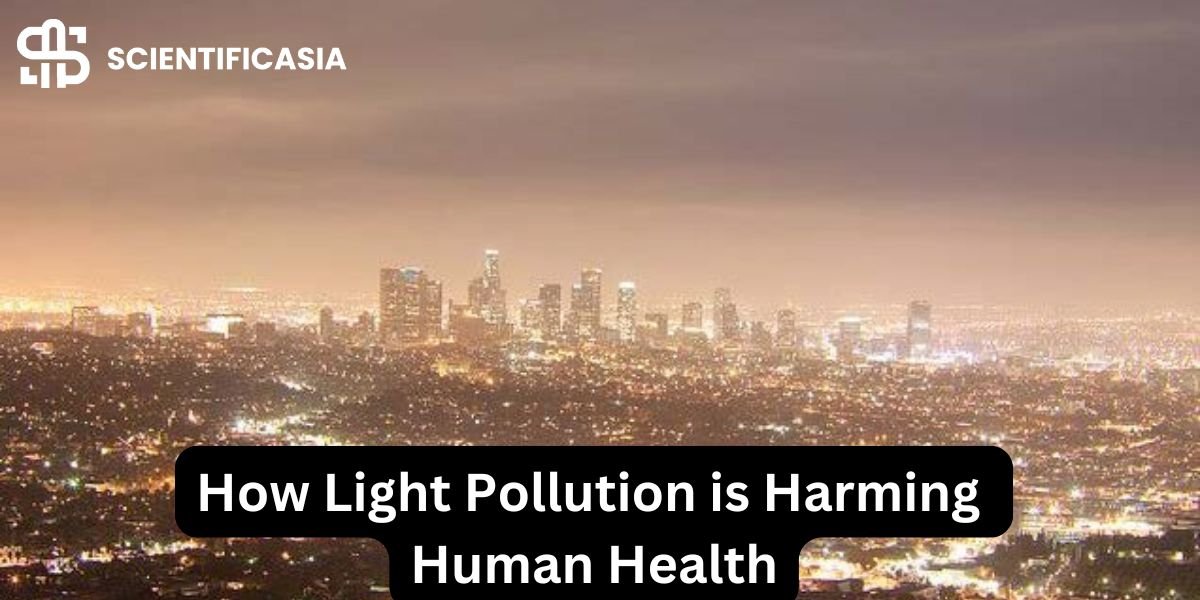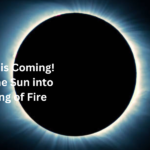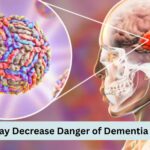In the distant past of human history, people would often spend their evenings performing household tasks by the light of the moon, a campfire, or, much later, kerosine lights. Approximately 80% of people on the planet now live in environments with high levels of light at night, from bright outdoor lights to lamps and screens inside homes. Researchers are beginning to understand that excessive light pollution can have detrimental effects on health, ranging from irregular sleep patterns to stroke, breast cancer, and other illnesses.
It’s yet unclear how serious the issue is and who is most vulnerable. Scientists have discovered that artificial light interferes with people’s circadian rhythm in a similar way to how it disturbs biological processes in wildlife at night.
“Bright days, dim evenings, and nights have characterized most of human evolution, and we have significantly altered the distribution. While some individuals will find it acceptable, others won’t, according to George Brainard, head of Thomas Jefferson University’s Light Research Program in Philadelphia.
Over the years, there has been a significant growth in outside illumination. In recent years, the brightness of well-lit regions has increased at a pace of more than two percent every year. What is known about its effects on health and what you and your community can do to prevent them are listed here.
Light pollution effects on the body
There are several possible mechanisms for the health effects of artificial light. Light at night can cause sleeplessness, which raises the risk of numerous ailments. It also lessens the body’s synthesis of melatonin, an anti-inflammatory and tumor-inhibiting hormone that is released in dark settings by the pineal gland. Additionally, it throws off the regular cycles of the microbiota residing in the intestines.
The retina’s rod and cone cells as well as specialized neurons known as retinal ganglion cells—which are inherently photosensitive—allow the eye to detect light. These nerve cells interact with neurotransmitters across the brain, melatonin production, and circadian rhythm synchronization.
The main issue is LEDs.
Streetlights, retail signs, lit billboards, and building security lighting all introduce outdoor light inside residences. Natural gas flares and transportation networks light up the sky in more rural locations. In reality, an analysis of light pollution released this spring states that such places account for more than half of the nighttime light detected by satellites.
Indoor lighting, particularly the bright screens seen in most people’s homes from laptops, tablets, cell phones, televisions, and other gadgets, is another major source of exposure during the night.
Light-emitting diode (LED) bulbs, which were introduced in the early 2000s to minimize energy usage, are the source of rising amounts of both categories. LEDs emit shorter-wavelength blue light, which can be harmful to the eyes than longer-wavelength amber light from incandescent lights.
According to Mario Motta, a retired cardiologist who formerly served on the American Medical Association’s Council of Science and Public Health—a body that first raised the alarm about light pollution more than ten years ago—blue light has ten times the effect of melatonin suppression as red light, watt for watt.
Since many people work in factories or offices without windows, the effects of excessive nighttime light are exacerbated by insufficient daytime sun. exposure. Associate director of the Jefferson program and neurologist John Hanifin adds, “There’s a cumulative effect to not getting the proper doses of sunlight and darkness that we would have experienced over millennia as humans.”
According to Travis Longcore, an urban ecologist at the University of California, Los Angeles, high-wattage outdoor “glare bombs” that are frequently positioned close to residences put minority groups particularly in danger. These communities have brighter lighting than white neighborhoods—a foolish attempt to reduce crime. According to Longcore, excessive lighting “is an environmental justice issue.”
The strong impact that is causing cancer and sleeplessness
The most evident casualty of much light is a good night’s sleep. More light makes it more difficult to fall asleep. According to a January study, light pollution in bedrooms causes Chinese individuals’ sleep to be more erratic and results in shorter sleep duration overall.
Another Chinese study published online in June found that these abnormalities in the circadian rhythm can also lead to elevated levels of inflammatory markers such as C-reactive protein, an indicator of inflammation.
Read more news:
U.Va. Health faculty ultimatum clear away of health system CEO, School of Medicine dean










